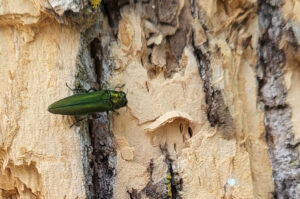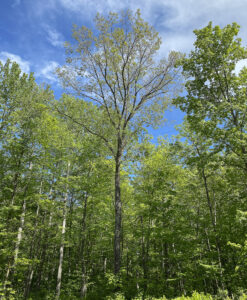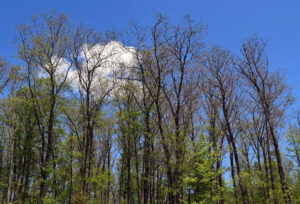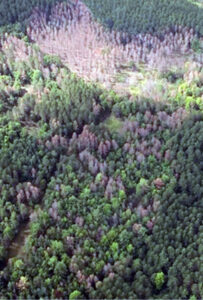By Art Kabelowsky, DNR Outreach and Communications, Fitchburg;
Arthur.Kabelowsky@wisconsin.gov; 608-335-0167

The emerald ash borer has been detected in Burnett County, making it the 72nd and final county in Wisconsin that have confirmed presence of the invasive insect. / Photo Credit: Paul Cigan, Wisconsin DNR
Sixteen years after the Wisconsin Department of Natural Resources (DNR) first detected emerald ash borer (EAB) in Wisconsin, the invasive beetle has been found in the last county without a previous detection.
Burnett County, in northwest Wisconsin, is the 72nd and final county to have a detection of the tree-killing pest.
Continue reading “Emerald Ash Borer Confirmed In All 72 Counties”



